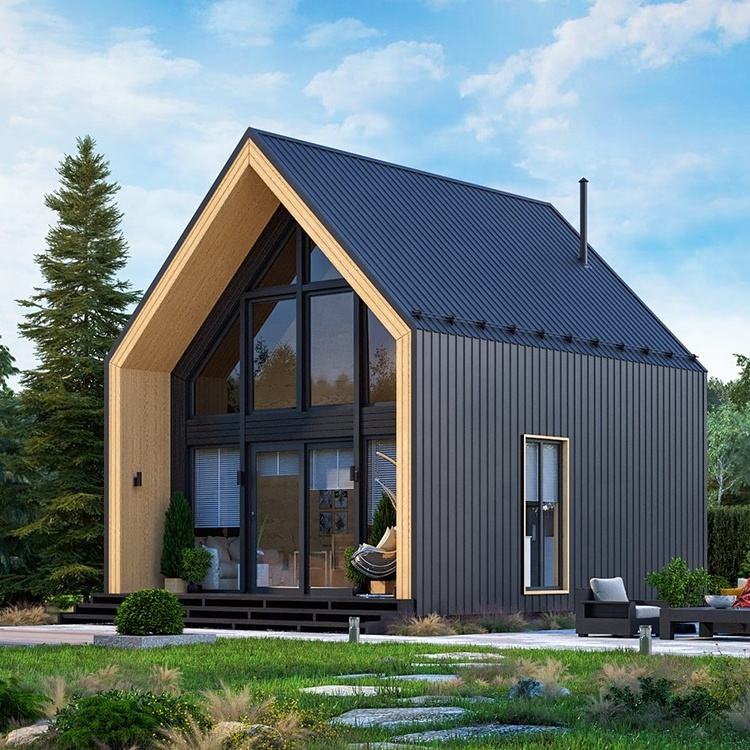As the world becomes more conscious of climate change and the need for sustainable living, innovative solutions are emerging in various industries. One such solution in the construction sector is the SIP house. SIP stands for Structural Insulated Panel, and it offers a promising alternative to traditional building methods. Let’s explore what a SIP house is and why it is gaining popularity as a sustainable housing option.
A SIP house is constructed using Structural Insulated Panels (SIPs), which consist of a foam core sandwiched between two layers of structural board. The foam core provides excellent insulation properties, while the structural board ensures strength and stability. These panels are prefabricated off-site and then assembled on-site, significantly reducing construction time and costs.
One of the key advantages of a SIP house is its energy efficiency. The high-quality insulation provided by SIPs greatly reduces heating and cooling requirements. The airtightness of the panels prevents thermal leakage, leading to lower energy consumption and reduced utility bills. Moreover, SIP houses have minimal thermal bridging, ensuring consistent indoor temperatures and increased comfort for occupants.
Another significant benefit of SIP houses is their durability. The combination of the foam core and structural board creates a robust and resilient structure that can withstand extreme weather conditions. SIPs have been tested and proven to resist earthquakes, hurricanes, and even fire. This structural integrity not only enhances the longevity of the building but also ensures the safety of its inhabitants.
SIP houses are also known for their eco-friendliness. The manufacturing process of SIPs requires fewer raw materials compared to traditional construction methods, resulting in reduced waste and carbon emissions. Additionally, the use of sustainable materials such as oriented strand board (OSB) for the structural board and expanded polystyrene (EPS) for the foam core further contributes to the environmental sustainability of SIP houses.
Furthermore, SIP houses offer design flexibility. The prefabricated nature of SIPs allows for customized designs and architectural creativity. The panels can be easily cut, shaped, and joined together to create unique and aesthetically pleasing structures. Whether it’s a cozy cottage or a modern eco-friendly mansion, SIP houses can accommodate various architectural styles and preferences.
The popularity of SIP houses is on the rise, driven by their numerous benefits. Homeowners are increasingly recognizing the long-term cost savings, energy efficiency, durability, and environmental advantages associated with SIP construction. As sustainability becomes a primary concern for individuals and communities worldwide, the demand for SIP houses continues to grow.
All in all, SIP houses are revolutionizing sustainable building practices. With their energy efficiency, durability, eco-friendliness, and design flexibility, they offer a compelling alternative to traditional construction methods. As we strive for a greener future, SIP houses are paving the way towards more environmentally conscious and resilient homes.
Post time: Aug-07-2023







